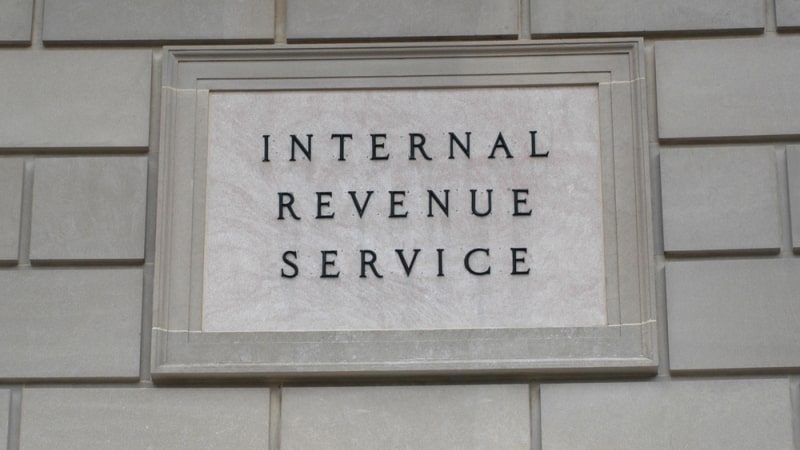
As the Internal Revenue Service (IRS) moves forward with modernizing its IT capabilities, a recent report from the Treasury Inspector General For Tax Administration (TIGTA) found that the IRS faces an uphill battle in transitioning to electronic records.
The Sept. 6 report found that IRS capabilities are inconsistent when it comes to digitizing paper-based documents.
“Digitalization is key to addressing challenges associated with large volumes of paper and achieving compliance with electronic recordkeeping mandates,” stated the watchdog. “While the IRS has developed high-level strategies to help guide the transition to digitalized processes and electronic recordkeeping, these strategies have not been updated to reflect current priorities and the actions required to move forward.”
The report found that the IRS “has not developed a single service-wide strategy to incorporate all forms for electronic filing.” Doing so, TIGTA said, would help the agency save money since “paper-filed tax returns are more costly to process and are also more likely to contain errors and be subject to delays in processing.”
The IRS has been granted an extension by the National Archives and Records Administration (NARA) to have all of the agency’s documents digitized by 2030.
The report outlines two recommendations to help the IRS transition to paperless technology, and the agency concurred with both:
- The agency’s chief information officer (CIO) at should create a single service-wide comprehensive digitalization strategy that identifies priorities, objectives, and interim target dates and milestones; and
- The CIO should develop processes requiring management to track digitalization efforts, compare results against the plans, goals, and objectives, and analyze deviations to identify needed strategic changes.
